Species of Fabaceae demonstrate a wide variety in the type of fruits (commonly referred to as "pods") they produce. Technically, the type of fruit produced by members of Fabaceae is known as a legume, defined as a dry, more or less elongate fruit derived from a single carpel that opens or "dehisces" along one or both longitudinal sutures (Judd et al. 2002). Legumes often have a single chamber (unilocular), or they may have two chambers (bilocular, e.g., in species of Astragalus) in the mature fruit, separated by a septum. Here are a few examples of some of the common and some of the more exotic legumes produced by Fabaceae.
The image on the left is Pisum sativum L. (pea, image © H. Schneider), in the middle is Lablab purpureus Sweet (hyacinth bean © Linda Rae), and on the right is Hedysarum boreale Nutt. subsp. mackenziei (© S.G. Aiken and A.K. Brysting), showing an example of a loment.
The picture on the left is Glycine max Merr. (soybean, © Thomas Schoepke), next is Crudia glaberrima Macbride (© Robin Foster), and on the right is Melilotus officinalis (L.) Lam. (yellow sweetclover, © Mary Ellen (Mel) Hart).
On the left is Cojoba rufescens Britton & Rose (© Robin Foster), in the middle is a picture of Dalbergia gracilis Benth. (© Robin Foster), and on the right is Medicago polymorpha L. (© University of Texas) showing an example of a legume fruit with burrs.
The picture on the left is Tipuana tipu (Benth.) Kuntze (© G.D. Carr), an example of a winged legume fruit, in the middle is Crotalaria nitens H.B. & K. (© Margaret Metz), and on the right is Tamarindus indica L. (tamarind fruit, © David Lee).
The image on the left is Ceratonia siliqua L. (carob, © Annette Hoggemeier), the image in the middle is Adenanthera pavonina L.(© Dinesh Valke), and the image on the right is Phaseolus vulgaris L. (© Robert Kiedrowski)

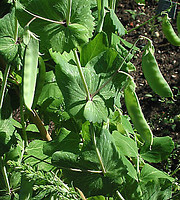
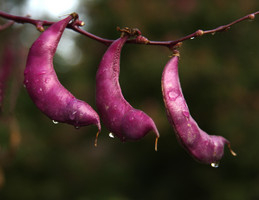
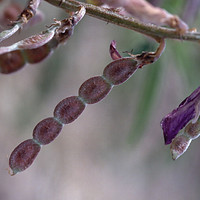
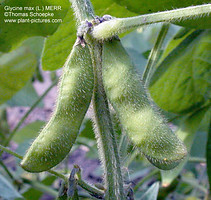
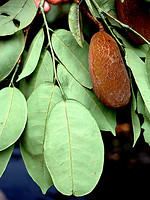
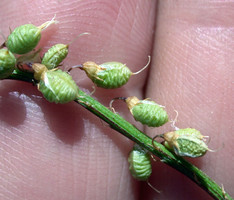
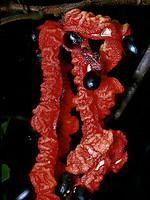
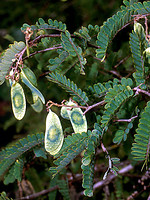

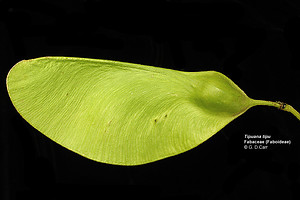
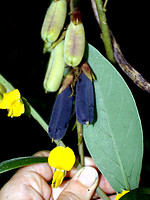

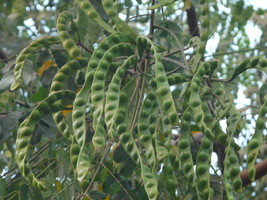
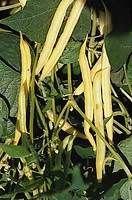



 Go to quick links
Go to quick search
Go to navigation for this section of the ToL site
Go to detailed links for the ToL site
Go to quick links
Go to quick search
Go to navigation for this section of the ToL site
Go to detailed links for the ToL site